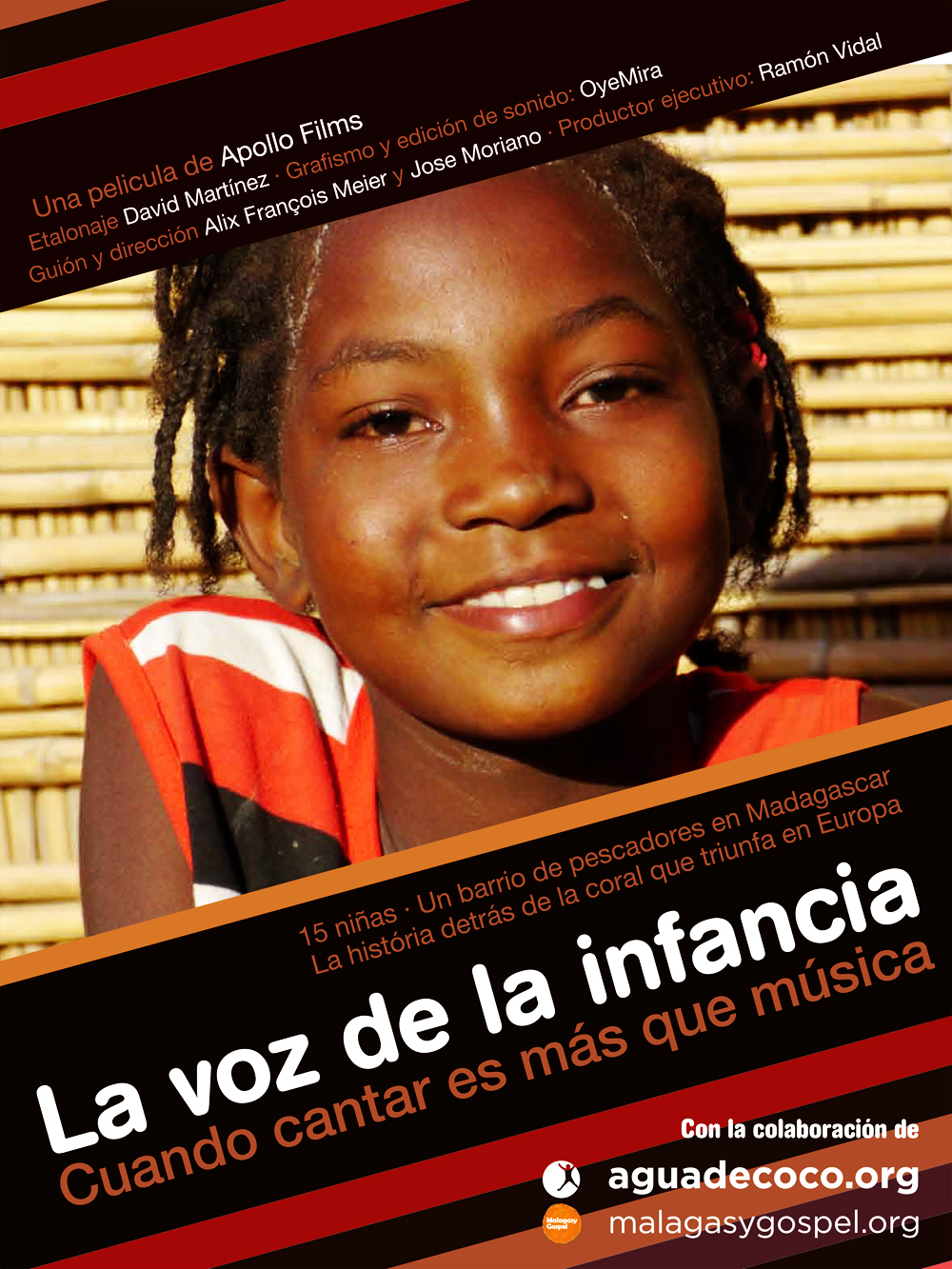
In the first of a three-part series on how to design a communication strategy from a practical angle, we will cover the adventure of conducting analysis and research for social communication programs.
There are several approaches on how to create a communication strategy for development. Different models discuss the best way to achieve successful results when establishing advocacy activities, social mobilization, behavior change communications, or social marketing actions.
Different methodologies, as ACADA, P-Process, or social marketing 4 Ps, propose fundamental concepts to support development, social, or for change programs but, although these are very useful, they tend to be very theoretical.

Analysis and research. The adventure hat
So, let’s be practical. During the analysis and research phase, we can divide our efforts in two parts: lab analysis and, once all relevant information is collected, field research to investigate even more and compare findings from real life with our computer-and-meeting collected data.
Lab analysis
Ideally, the first situation analysis should be focused on program basics you are willing to communicate. Learn all about these, discuss with program officers, staff in charge, and stakeholders at all levels.
The goal is to understand problems, needs, and objectives. Resist the temptation of immediately writing down objectives and strategies as part of the situation analysis. Instead, try to find as many sources and outlooks as you can to have a 360 degree vision.
Then, dive into researching and reading papers from related programs and strategies facing similar challenges.
Got it? Ok, it’s time to start writing. Sketch a preliminary communication strategy document containing the program’s goal, objectives, challenges, and weaknesses.
Include what will be the expected behavior for every stakeholder and what could go wrong to achieve this. Write a draft SWOT.
Be orthodox on how to write the strategy’s goal using a future-tense statement. List production cognitive, conative, and affective objectives or, in other words: what do you want recipients to know, feel, and do.
Remember, communication goal and objectives should be achieved only as a result of communication activities. Do not include objectives which will not be a direct consequence of these actions.
Avoid unpleasant surprises. During office meetings, if you realize project team members have different ideas about program and goals, be didactic, explain your role, and seek for common proposals. This is extremely important and obvious, but different assumptions about what to communicate is surprisingly common when talking with big teams. Be sure everybody agrees and have the same vision of what and how the strategy must be developed.
Field research
Jump into the field and learn about stakeholders, context, and real situations by conducting interviews. The most practical approach here is using marketing personas to group every audience.
Personas is fancy word for marketing gurus and UX designers to describe audience profiles, but for us, personas are overall a tool to remain empathic, and keep in mind we are communicating with real people.
Personas should include demographic and socio-economic data but also, cultural descriptions, needs, values, and media habits information. Try to be as detailed as possible. Use the most common name and last name you can find in your interviews to name your personas. Use photos of them.

Study challenges and gaps offered by the environment. Take advantage of every detail or cultural fact you think can add value to your research. Observe people and ask them whatever you feel is interesting. Remind your interviewees you’re there to learn and ask them to be teachers. Empowering your audience starts from the very first beginning.
When interviewing the audience, be sure you know who’s influencing them. Project officers tend to think only external agents have influence in a program’s ultimate recipients, like a teacher, a priest, or a community leader, although normally, internal influencers like a teenage daughter, a relative living in city, or the neighborhood’s hairdresser, are high level prescribers of your messages because they have a tremendous influence over your audience.
Most theoretical communication for development approaches, usually those focusing more on humanitarian than in for change activities, divide audiences in two groups: those having effect on communication, and those affected by communication.
From a practical point of view, this doesn’t work in all cases. Internal audiences, like volunteers, can act as prescribers but only if well trained and motivated. And, the final public, those beneficiaries of the program, can indeed influence in others. So, keep in mind everybody is a potential communicator.
With all this information, complete your SWOT analysis and develop a stakeholder’s map. This will help you understand relationships among groups and individuals involved in the program. Study your map to find potential gaps and opportunities.
Branding knowledge and program perception is always an objective in itself. When interviewing recipients, the first questions should be always related to organization brand, meaning, and understanding. Results can be both shocking and frustrating. This exercise helps you understand the world is not revolving around your organization, program or brand.
Calendar
Don’t forget to study global, local, and community events affecting targeted audience.
Understanding what will be happening at the same time your strategy will be running is crucial to plan communication implementation.
Plan in advance. Thinking on organizing a big event the same day the national team is having a big match? Maybe it’s not a good idea.
Now you can start drafting a calendar proposal and a channel choice document adding formal and non-formal communication channels to find opportunities and challenges.
Wait, we’re not done here. What about internal stakeholders?
Start evaluating human resources needed and draw an organizational structure scheme establishing what will be the benefits, expected behavior, and success indicators for each stakeholder.
Finally, draft a budget document to start understanding how budget constraints will affect (as always) these first ideas.
It’s time to polish communication goals and objectives with all the collected data. These are the capstone of all your strategy and the starting point for your next hat to wear to start designing your strategy: the jockey hat.
What’s inside your hat?
What about you? Have you experienced some of these techniques to conduct analysis and research? Have you ever used these techniques in other processes?
Some free easy-to-use resources are listed below to help you to design all related documents in this text.
In addition, some comprehensive ‘how-to’ guides are also below if you want to get deeper into the concepts shown here.
Resources
Campaign Planning Document: Campaign & Content Briefs
https://topnonprofits.com/free-editorial-calendar-campaign-planning-documents/
SWOT Analysis Template.
https://xtensio.com/swot-analysis/
User Persona Creator
https://xtensio.com/user-persona/
Stakeholder Analysis Map
https://www.groupmap.com/map-templates/stakeholdermap-com/
Calendar for Large Campaigns
https://topnonprofits.com/free-editorial-calendar-campaign-planning-documents/
Marketing Channel Choice
http://www.thebridgemarketing.co.nz/wp-content/uploads/thebridgemarketing/Marketing-Channel-Choice.pdf
Communications Budget Examples and Templates
https://www.demandmetric.com/content/marketing-communications-budget-template
References:
ACADA Communication Planning Process. UNICEF.
http://www.unicef.org/cbsc/files/UNICEF_ACADA.pdf
The P-Process: Five Steps to Strategic Communication. K4Health.
https://www.k4health.org/toolkits/permanent-methods/new-p-process-steps-strategic-communication
Social Marketing and the 4 P’s. Tulane University.
http://womenshealth.tulane.edu/uploads/Social_Marketing_and_the_4_Ps_version_2-1389204479.pdf


